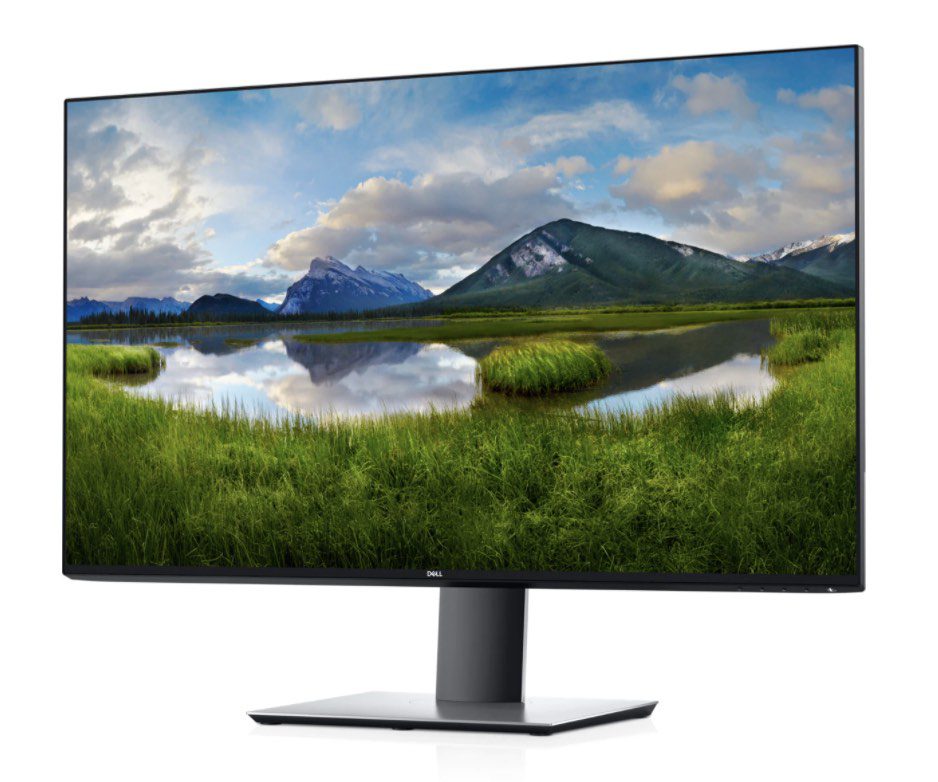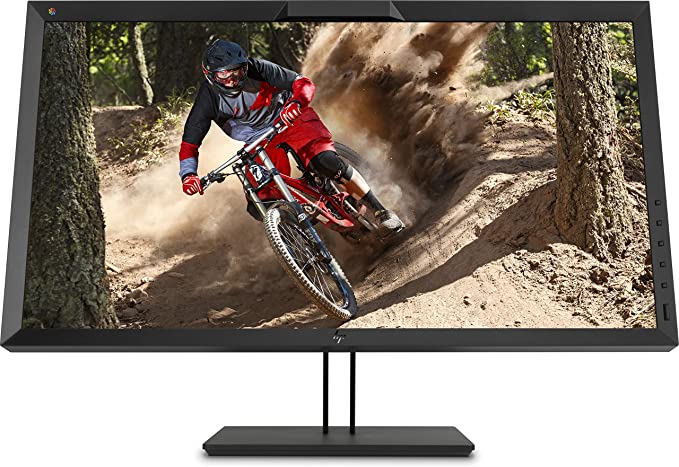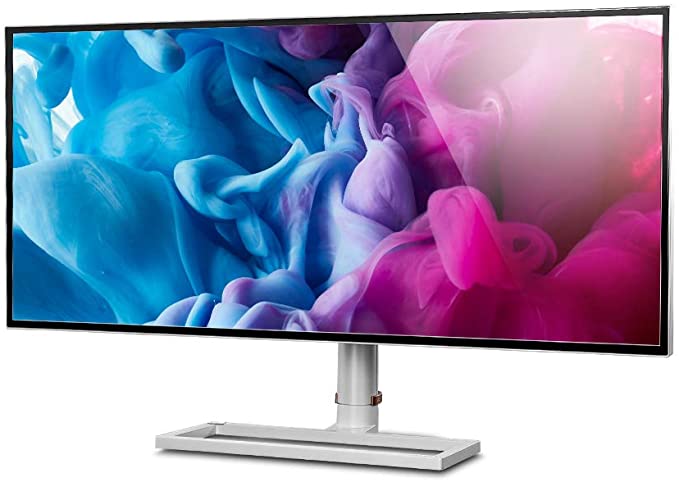There are so many options out there for video editing monitors. But one question many editors may wonder is: what type of LED monitor provides the most accurate color for video editing workstations?
In this digital world, nothing can function without a digital screen. Whether you wish to watch a video on Netflix or edit your own, the best visual experience happens on a screen that most accurately represents colors.
This is where LED monitors come into the picture! With their slim designs and high-quality color reproduction, LED monitors are popular among casual and professional video editors for a reason.
However, even an LED monitor can be off. Some may not display the widest spectrum of colors possible, resulting in off-balanced videos, photos and visuals. Whether you are a professional video editor or just a weekend enthusiast, you need to look for a color-accurate monitor to see your video in the best possible way!
What Specs Contribute to Displaying Accurate Color for Editing?
Buying a monitor for video editing can be overwhelming, especially with so many ever-changing specifications to understand. There are many video editing monitor choices for consumers, and it can become difficult to decide which monitor will work best for you.
So, what are the specs that make some monitors better at displaying colors than others? This guide lists the most important specs that help LED monitors provide the most accurate color for video editing workstations.
Screen Resolution
When it comes to video editing, almost everyone knows how important resolution is! Generally speaking, the better the resolution, the better the visuals. There was a time when 720p and 1080p were standards. However, today most video cameras record videos in higher resolution, such as 4K (4096 x 2160 pixels) or even 5K (5120 x 2880 pixels). What’s the point of having a 1080p monitor when it cannot process your footage accurately? It’s best to have higher resolution monitors for the best results.
Screen Size
For some editors, screen size can be nearly as important as screen resolution. A proper screen size that ‘matches’ the resolution of the footage being edited can make a huge difference in how that footage appears. If the screen is too big and the footage is shot in a resolution such as 720p, for example, the pixels may appear stretched. This can make dialing in those colors in post-production more difficult.
Color Space
The accuracy of a monitor to display colors depends on color space, also known as a color gamut. No screen out today can show the full range of colors that a human eye sees in real life. One popular color gamut is sRGB. This gamut is most commonly used and is wide enough for most editors. For video editors looking for even more accurate color from their monitor, gamuts like DCI-P3 or Adobe RGB make more sense. Learn more about color space here or see a deep look at how sRGB and Adobe RGB compare!
Color Depth
Next comes the color depth, or dynamic color range. The standard is to use 8-bit color depth. But, as with color space, more advanced tech is available. For the most accurate color in a video editing workstation, consider purchasing a 10- or even 12-bit monitor.
These are generally the most crucial specs when it comes to how a monitor displays color. Another important spec to understand is the display panel type. You can learn about display panel types here.
Let’s get into some of the best monitors for accurate colors in video editing workstations!
What Type of LED Monitor Provides the Most Accurate Color for Video Editing Workstations?
These 5 LED monitors are some of the most accurate for editing colors. Having one can help make sure that you make what you intended to make. Our focus here is on high-quality monitors for video editing. The video editing monitors below have high resolution screens along with good DCI-P3 color space coverage.
Let’s take a look at some of the best monitors that can help you edit more accurate colors in your editing workstation.
Dell Ultrasharp U3219Q
Dell Ultrasharp U3219Q is an excellent monitor for editing colors in video and photo with its 32-inch panel, 99% of sRGB and Rec.709 color space. Plus, it has a very respectable 95% DCI-P3 coverage. This monitor has a 400cd/m2 brightness that is great for HDR playback. Moreover, it comes with an adjustable stand and plenty of USB connections. You likely won’t find a better video editing monitor than Dell Ultrasharp U3219Q that is equally affordable.
BenQ PD3200U
If you are on a tight budget, the BenQ PD3200U is a monitor worth considering. Here you have a 4K monitor with solid image quality for only $699 and 100% sRGB and Rec.709 coverage. With a 32-inch IPS display, the BenQ PD3200U offers very respectable and accurate video. BenQ PD3200U offers great color accuracy even without calibration, so it could save you time as well as money.
HP DreamColor Z31x
With 100% sRGB, 100% AdobeRGB, 100% Rec and 99% DCI-P3, the HP DreamColor Z31x provides incredible color space coverage. This IPS screen has a color space range wider than most other monitors consumers can afford. Having a 31-inch screen size with 4K resolution at 60Hz is just another reason this monitor is excellent for editing accurate colors in video.
MSI Prestige PS341WU
MSI Prestige PS341WU is one of the best ultrawide monitors for video editing. With its ultrawide 5K display and 100% sRGB color space, it’s an excellent choice for video editing purposes! Moreover, the average brightness of 450 nits and a peak brightness of 600 nits make it stand out from the competition.
BenQ SW271
With over 700 positive customer reviews on Amazon and 3840 x 2160 pixels resolution, the BenQ SW271 is a great monitor if you don’t have enough space for options with more screen size. Having a 27-inch screen size, it can fit most desk spaces and video editing workstations. It may seem small but don’t let the size fool you! This video and photo editing monitor is packed with 100% sRGB, 99% AdobeRGB and 93% DCI-P3 coverage. You also get pre-calibrated color calibration along with a handy remote control for making monitor setting adjustments.
The monitors mentioned above are not the only choices, but they are some of the best LED monitors for accurate colors in video editing. Just remember – no matter what display option you buy, you cannot rely on factory calibration. Factory calibration isn’t accurate enough. Therefore, regardless of which video and photo editing monitor you select, you’ll need to calibrate it with a calibration tool.
This is especially true if you work hard at coloring with a color grading and correction software.
And finally, everyone can use help sometimes. That’s why I’ve put together a list of my 10 favorite color grading tutorials available for free on YouTube!





